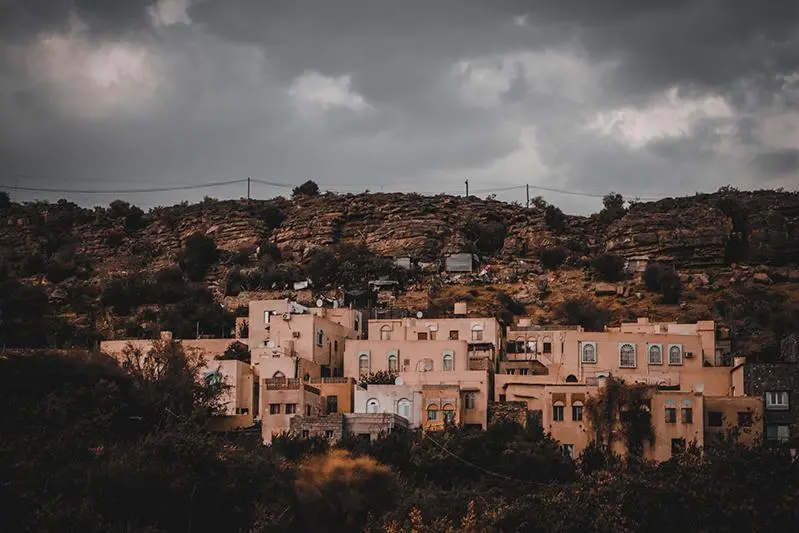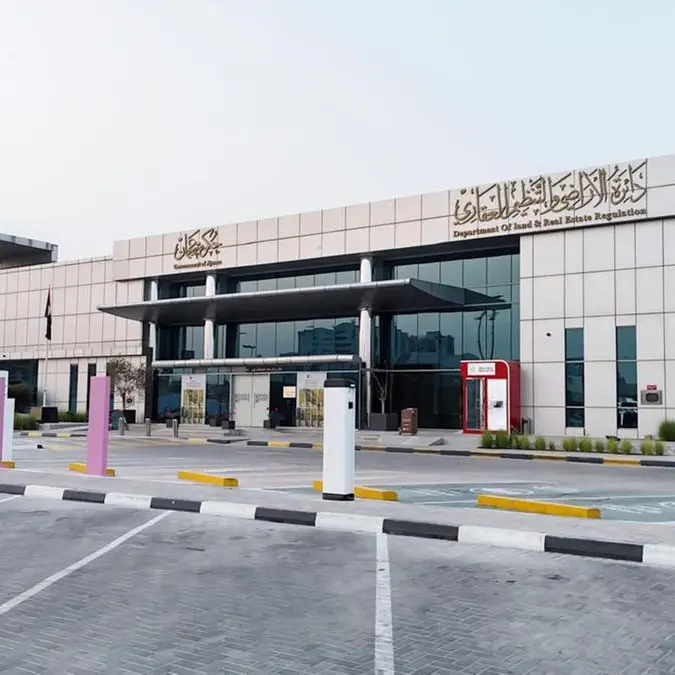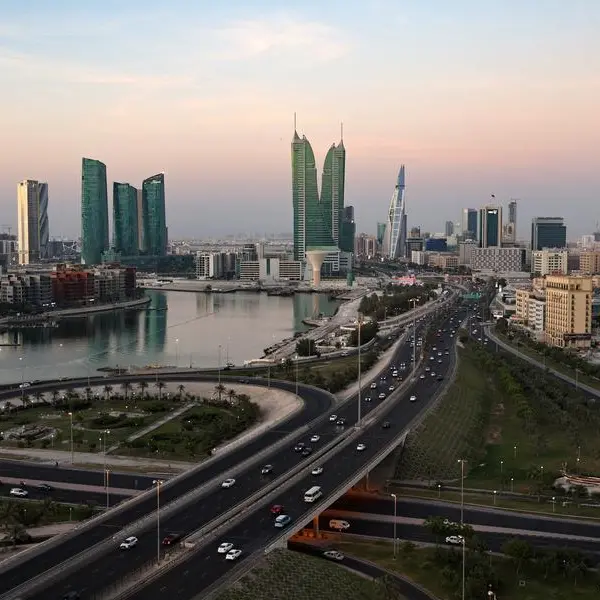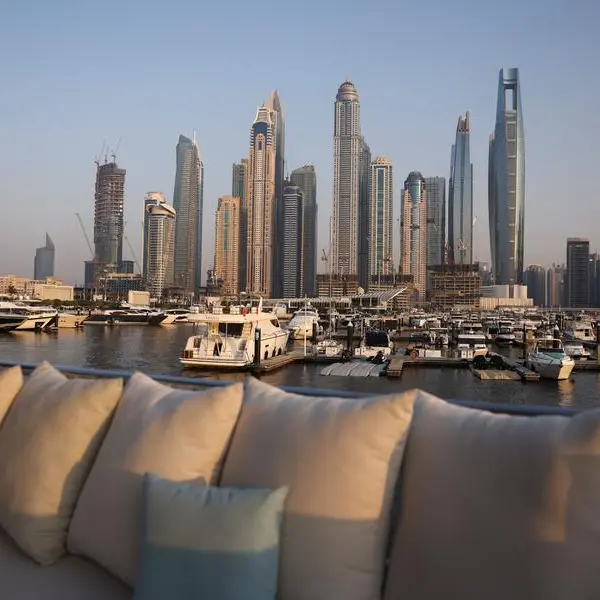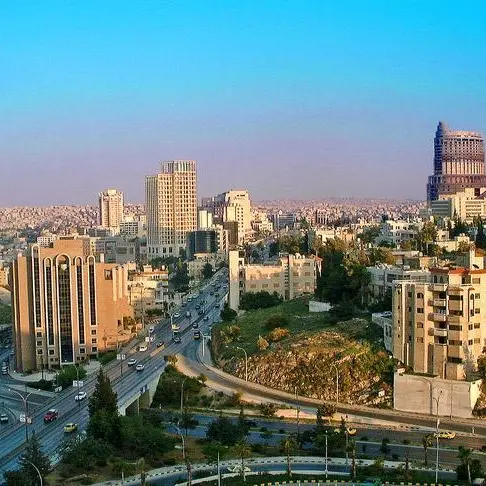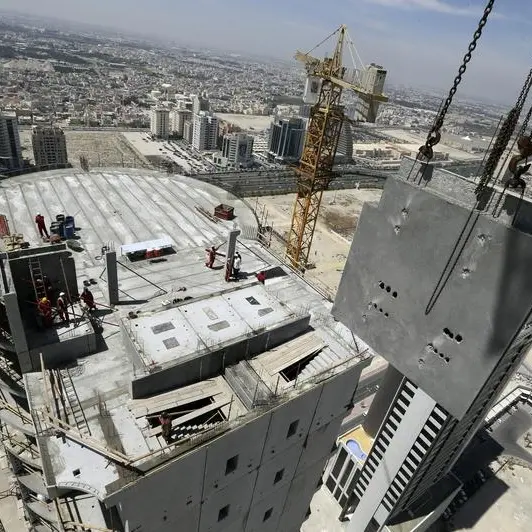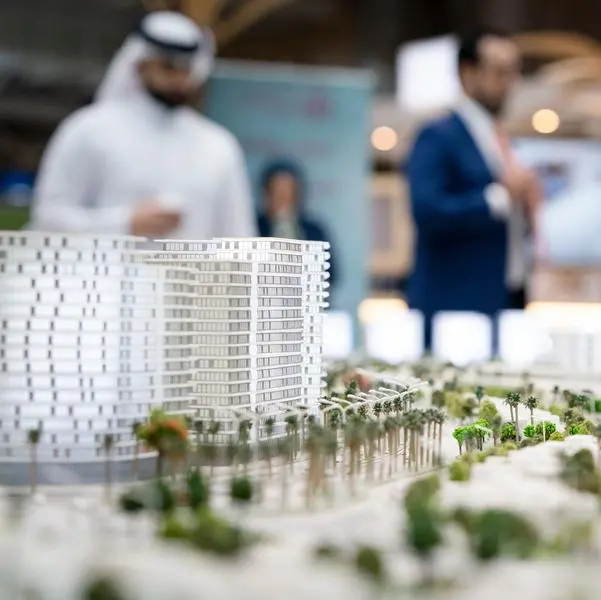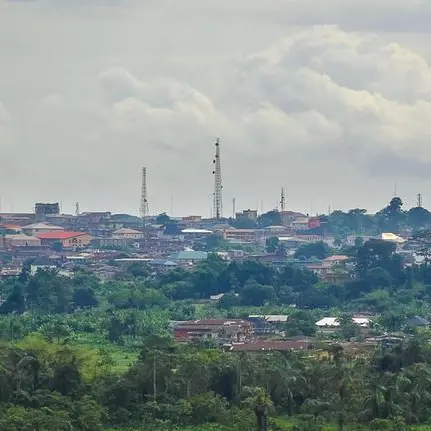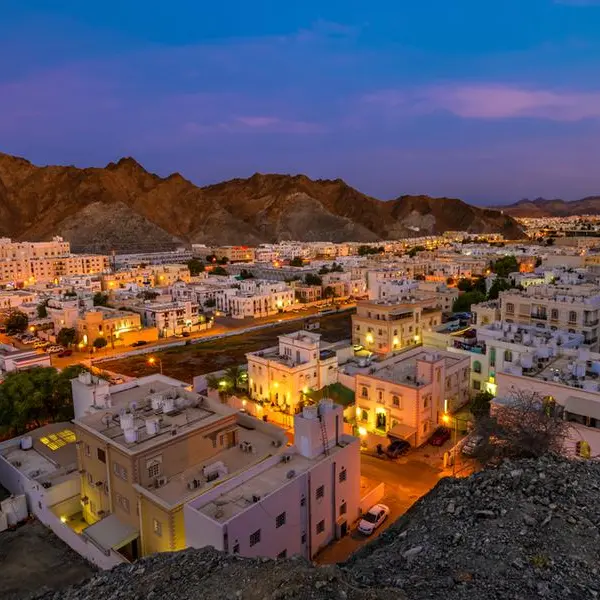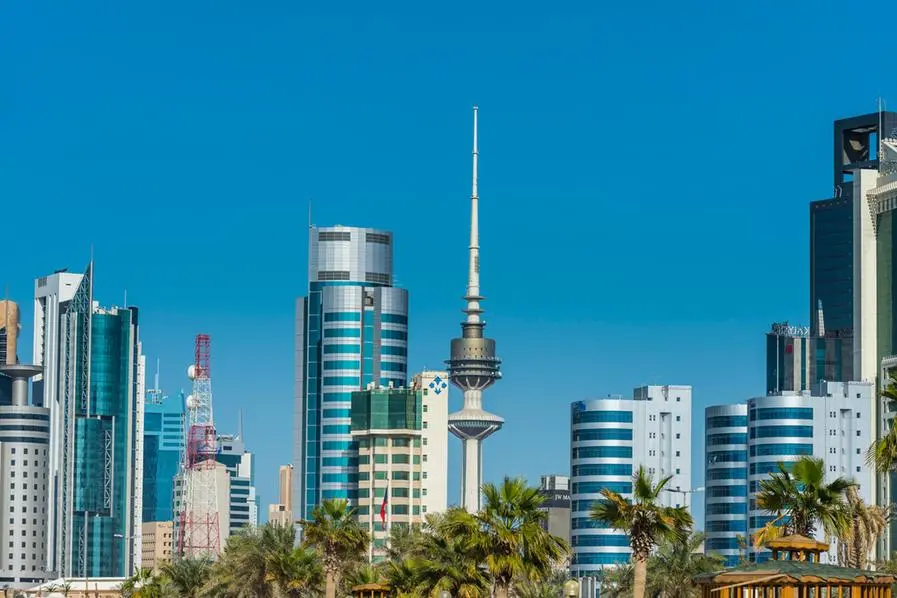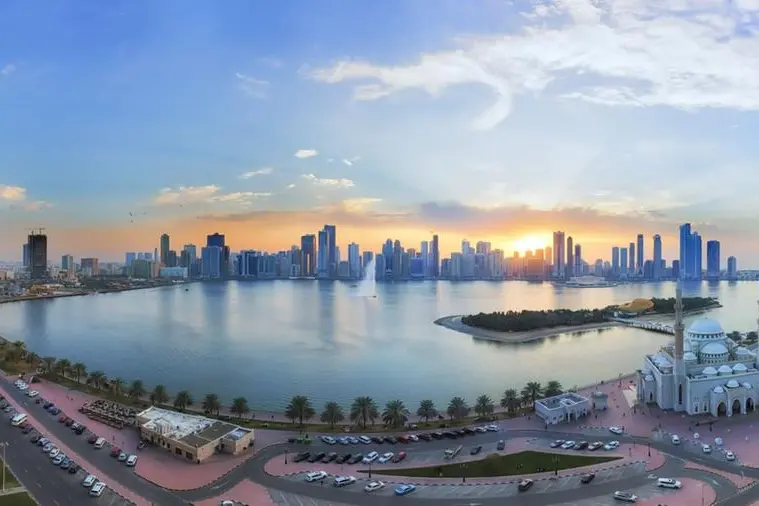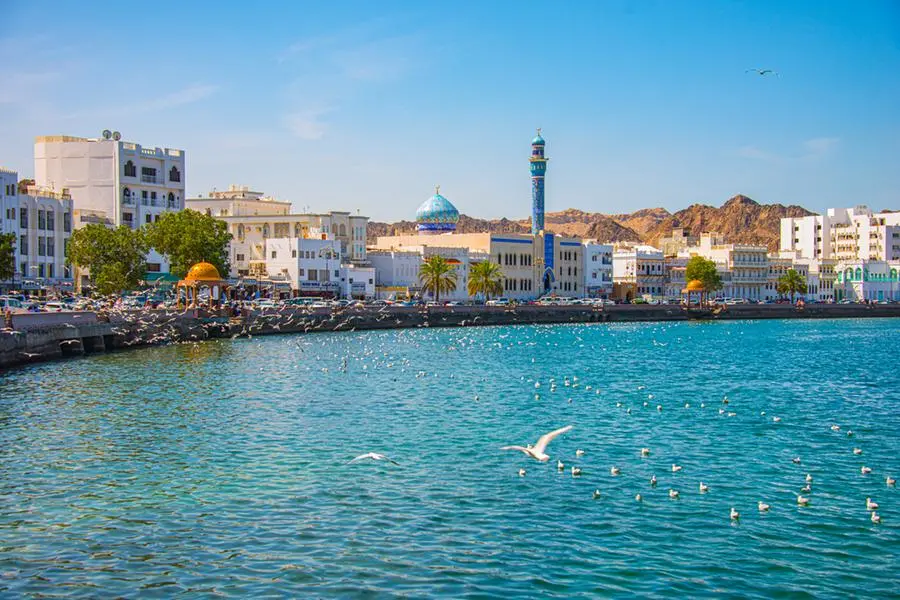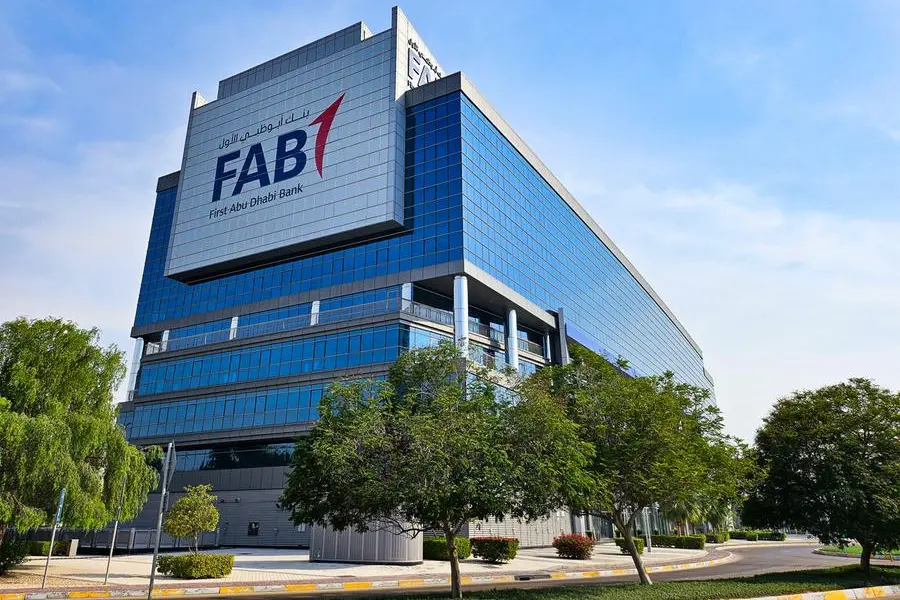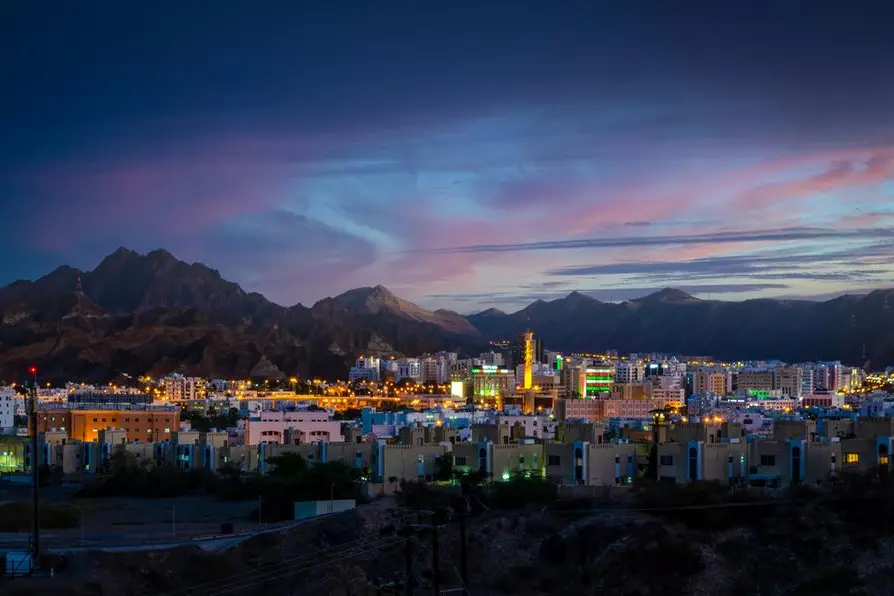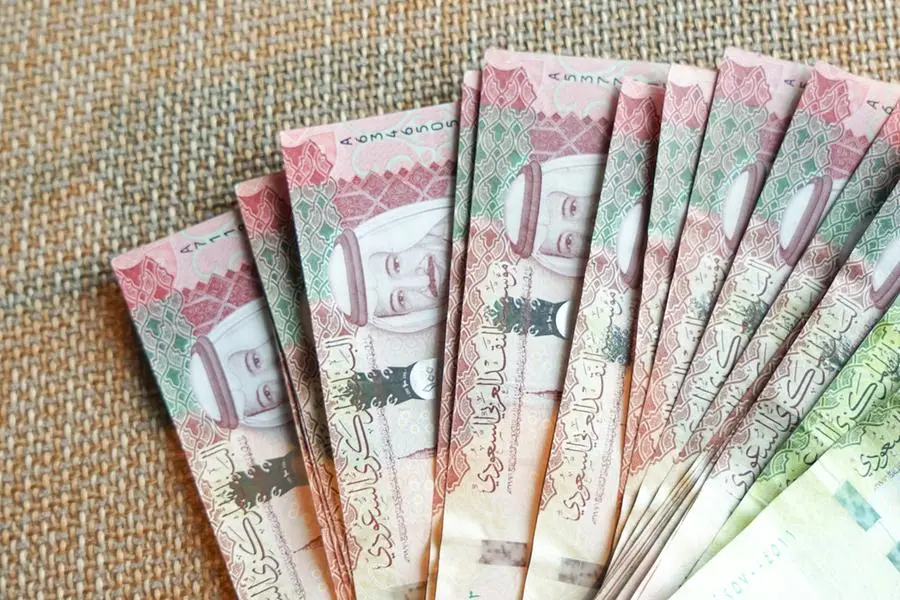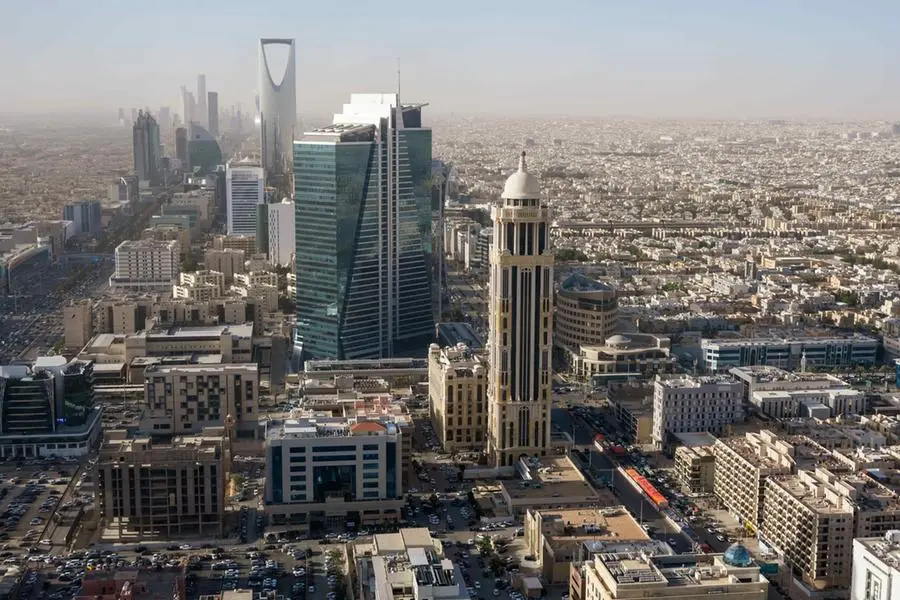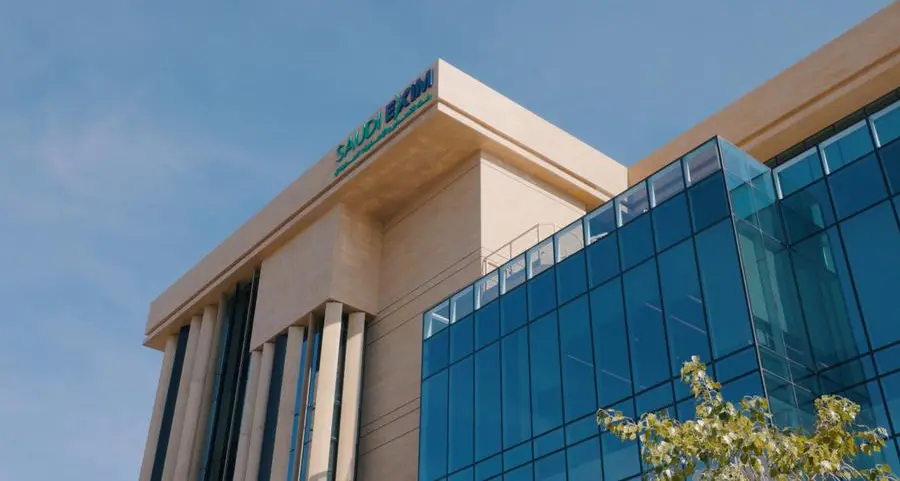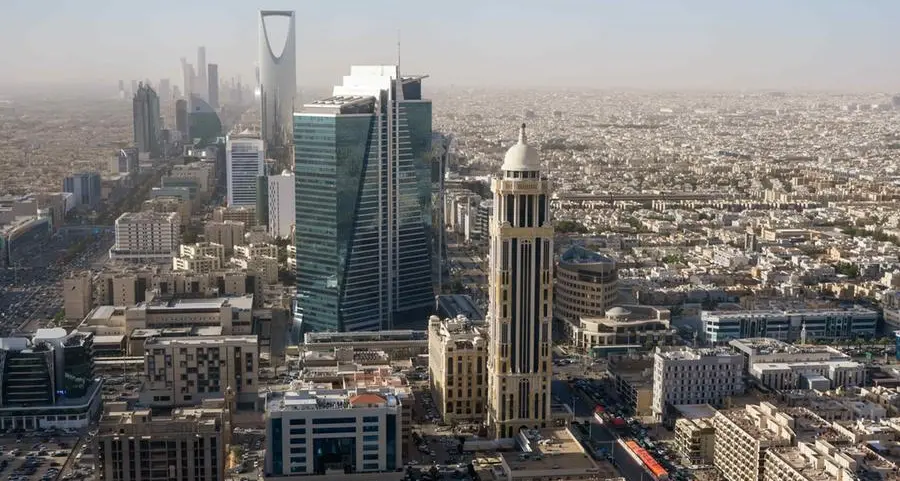PHOTO
Photo taken in Nizw, Oman. Image used for illustrative purpose Getty Images
The Oman Ministry of Housing and Urban Planning (MoHUP) is forging ahead with the design of the $1.3-billion Al Khuwair Muscat Downtown and Waterfront Development, a massive project that is set to redefine Muscat’s urban landscape.
Spanning 3.3 million sq m in Muscat’s northern Al Khuwair district, the project responds to the anticipated rapid growth of the capital both in terms of its resident population and the surge in tourist number.
Hence, the masterplan design created by Zaha Hadid Architects (ZHA) will transform this existing administrative and industrial area of Muscat into a vibrant new urban district with an expected population of 64,500, according to the MoHUP.
“This visionary project will bring us another step closer to realising the Oman Vision 2040 and delivering a sustainable and prosperous future for the people of Oman,” remarks Dr Khalfan Al Shueili, Minister of Housing and Urban Planning.
“It will help shape the future of both Muscat and Oman more broadly, creating a new destination to welcome visitors from across the globe to our capital city. We trust this project will serve as an exemplar of our ambition to improve human and environmental well-being and our commitment to collaborate with leading international partners during this period of unparalleled development and growth for our nation.”
In line with the project’s focus on sustainability and resident well-being, the design incorporates a mix of residential and commercial spaces, including arts, cultural, and leisure facilities, fostering a 24-hour community atmosphere. Green spaces and public areas along the waterfront will feature destination dining, luxury retail, health and wellness amenities, and hotels.
The project is already attracting key partnerships. In an exclusive interview with Bina Goveas of Gulf Construction, Project Manager at Oman’s MoHUP Kawther Al Lawati says: “At present, we are actively engaging in discussions with numerous investors and developers. We are pleased to announce that we have signed an early agreement with the Tawoos Group for the development of a mixed-use building.”
The masterplan incorporates five key areas:
•A marina serving residents, visitors, and tourists;
•A recreational waterfront with beaches and sports facilities;
•A canal walkway for leisure and pedestrian access;
•A dedicated cultural quarter; and
•A revamped Ministry Campus integrating existing buildings.
"The four design phases of the project are currently scheduled to be completed within 18 months, concluding with the detailed engineering design phase. Works are due to commence on site at the end of 2024," stated Al Lawati.
While restoration of existing ministry buildings is under way, specifics regarding the number of marina berths, cultural quarter components, and other details are still being established. The project is currently in the data collection and analysis phase of the masterplan design, Al Lawati indicates.
MoHUP and ZHA have worked with global engineering, design and advisory practice Buro Happold to implement a materials strategy with specific interventions to assist with climate and coastal resilience, including mitigating any ‘urban heat island’ effects, stormwater management and breakwaters.
It prioritises material reuse, including recycling construction materials and responsible sourcing, and retrofitting and reusing buildings within the ministry campus through a programme of refurbishments.
Throughout the compact and walkable development, Transport-Oriented Development (TOD) principles encourage use of public transportation with good connections to transit services underpinning smart mobility, including light rail transit, bus rapid transit and water taxis.
Pedestrian activity is encouraged by introducing passive shading and cooling to the public realm, alongside cycle infrastructure to improve the safety and usability of active transport modes, while capitalising on the carbon savings of minimising private vehicle use.
Onsite solar energy will be maximised alongside a passive design strategy to limit energy demand and reduce water use in buildings and landscaping. Additionally, the project is targeting a biodiversity net gain of 10 per cent while conserving and restoring native plant species.
Copyright 2024 Al Hilal Publishing and Marketing Group Provided by SyndiGate Media Inc. (Syndigate.info).
